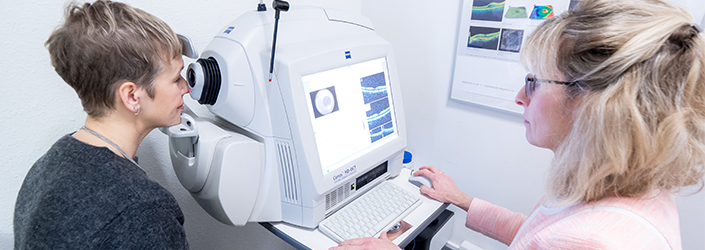What is OCT?
OCT stands for Optical Coherence Tomography and is a complex technology used to measure the eye and particularly the layers of the retina. The retina is the light sensitive area at the back of the eye, equivalent to film in a camera or CCD in a digital camera.
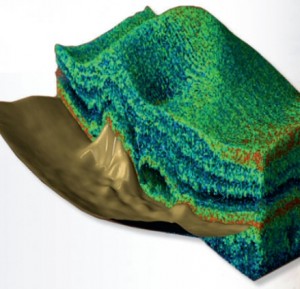
OCT SD Retinal Scan
An OCT scan is similar to an MRI or CAT scan for the eyes. OCT can image in 3D allowing your practitioner to see, sometimes for the first time, problems within your eye that could not easily be seen before.
What happens when I have a scan?
The test is very simple, takes about 10 minutes and is completely non-contact; there are no sudden puffs or air or light flashes. Any areas that may be unusual can be measured and later repeat scans can be lined up with the original and any changes can be seen and measured.
What can you see with OCT?
The retina can be damaged by many common diseases like Glaucoma, Diabetes and Age Related Macular Degeneration. Damage to the retina can lead to visual impairment or even blindness.
Using OCT your practitioner can pick up any problems at a much earlier stage, usually allowing you better treatment options and a better visual outcome.
Advanced Technology
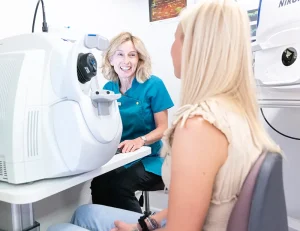 Only 10 years ago OCT technology was mainly used in research, but recent advances in the technology have brought this to the forefront of the eye care. This revolutionary technology is quite common in eye hospitals but this top level of care is available in only a few private consulting rooms or High Street optometry practices.
Only 10 years ago OCT technology was mainly used in research, but recent advances in the technology have brought this to the forefront of the eye care. This revolutionary technology is quite common in eye hospitals but this top level of care is available in only a few private consulting rooms or High Street optometry practices.
Your health care professional has invested a large amount of money to ensure that the very best technology is available to protect your eyesight now, and in the future.
This test in not part of the NHS Eye Test but is performed as part of an Advanced Eye Examination.
Just one look – OCT Reveals all
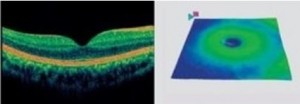
Healthy Eye
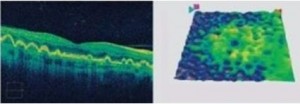
AMD – Dry Form

AMD – Wet Form
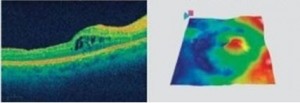
Diabetic Macular Oedema

